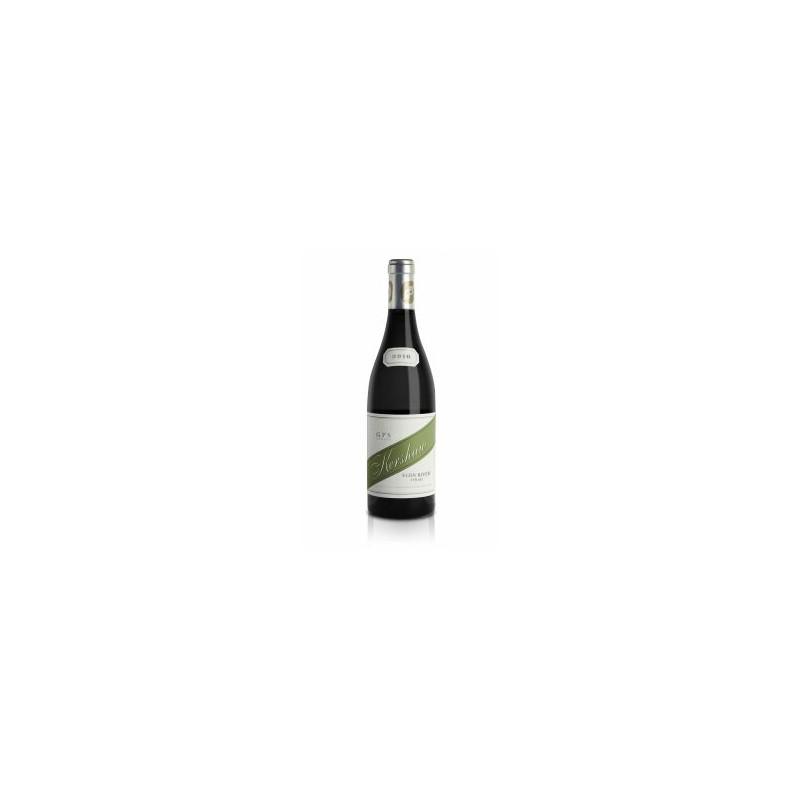


(R4,628.99 for 6 x 750ml)
Restrained, yet with intent and subtle power, these vineyards exhibit high levels of rotundone producing piercing black pepper, powdery tannins complete with rich textures
and prodigious breadth of black-orientated fruit. The 2016 vintage shows a mid-ruby colour, a nose heady with aromas of black pepper, cinnamon stick, star anise and black cherry panna cotta. Succulent in texture, this medium bodied Syrah is voluminous with a core of juicy Morello cherries, liquorice and molasses complexed with gorse bush, baked plums, bay leaf and Angostura Bitters underpinned with fine grippy tannins and a long lush finish.
In 2016, the preceding winter was fairly dry but cold units were exceptional (1200) with plenty of frosty mornings, allowing the vines to go into proper dormancy. Rain did finally fall in August and September but as October began, the effect of the El Niño phenomenon (or ENSO episode) started to take effect. October was unusually warm accelerating budbreak and flowering. The fluctuating warm and cool days meant flowering was uneven, giving rise to smaller potential bunch sizes. After a cooler November, December was warm, sunny and dry enabling diseases to be kept at bay. A hot and dry January meant acidity retention by the vine was challenging but after a warm start to February, the weather finally became cooler and night time temperatures also dipped, more so than average, providing the vine with some respite after a particularly torrid summer. The drier conditions meant that disease pressure was minimal, and a healthy crop was picked in the middle of March. The thicker skins held plenty of anthocyanins but meant it was crucial to avoid over extraction. Thus, gentler punch-downs were employed, and post fermentation maceration was shorter. This resulted in deeper colours with supple, pliant tannins; although acidities were softer than average, fruit concentration was high, and the wines have a lifted black fruit flavour profile.
Grapes were handpicked under autumnal skies into small lug baskets and then manually sorted on a conveyor before the stems were removed. The destemmed berries fell onto a vibrating table in order to remove jacks and substandard berries before dropping uncrushed into a small 500kg conical hopper and forklifted into open-topped fermenters. The grapes underwent a 3-day maceration before spontaneous fermentation began. A gentle pigeage program was charted and the grapes remained on skins for 19 days. The wine was then racked to barrel under gravity and the remaining pomace basket-pressed. Malolactic then proceeded in barrel followed by a light sulphuring and 16-month maturation. No finings were necessary and the wine was simply racked and bottled unfiltered.
A small number of artisanal coopers were selected, all from Burgundy and only French oak was chosen. 43% of the oak was new with the remainder split into 2nd and 3rd
fill barrels, 228 litres in size.
You might also like